To not forget: Radiation victims speak up
The International Uranium Film Festival in Rio de Janeiro remembers the worst radiological accident in Latin America that took place in September 1987 in the city of Goiânia in central Brazil. From September 13th to 19th, 2021, the festival will show online and free of charge eight documentaries and movies about this accident caused by the release of highly radioactive Cesium-137. Above all, the festival wants to give the „nuclear“ victims of the cesium accident a voice so that they are not forgotten. In addition an online meeting with one of the surviving radiation victims, Odesson Alves Ferreira, brazilian filmmakers and a scientist in radiobiology marks the opening of this virtual film event that is supported by the Cinematheque of Rio's Modern Art Museum (MAM Rio). All films are shown for free, but the festival is kindly asking for a donation so that it can continue. Thanks! Film links: https://vimeo.com/showcase/Cesio137
PROGRAM - until Sunday September 19
Sweden / Brazil, 2009, Director Lars Westman, Co-Production Zenildo Barreto. Documentary, 70 min, Portuguese / Swedish with English subtitles - An incomparable document of history about the worst radioactive accident in Latin America and the work of cleaning it up. In September 1987, 19 grams of radioactive cesium-137 from a cancer treatment unit harmed and contaminated hundreds of people and produced 6,000 tons of nuclear waste in the city of Goiânia. Swedish TV-journalist Lars Westman arrived in Goiânia soon after the official recognition of the radioactive accident and gathered impressive images of the decontamination work and the victims. After the first recordings, he met the interviewees twice in the following years. One of the interviewees, Ivo Alves Ferreira, died days after the last recording.
Lars Westman was born on September 27, 1938, in Östersund, Sweden. He studied art at Stockholm University in 1963 and attended the Swedish television production school in 1969. For nearly 50 years he worked primarily for Scandinavian television. More than 280 of his TV reports and documentaries have been broadcast in Sweden, Finland, Norway, Denmark, Germany, France and the United States and have won numerous international awards. His prime theme is „life and death“.
Brazil, 2017, Director Benedito Ferreira. Fiction, Portuguese with English subtitles, 23 min - Grandmother and granddaughter live in the center of Goiânia, next to the place where the Cesium-137 accident happened. But they are on the move, as the house will soon be demolished to build a museum about the accident. „The little we keep“ is a personal and sensitive reflection on the 1987 radioactive accident in Goiânia, the worst nuclear disaster in Brazil and Latin America.
The film received the best short film award of the the environmental film festival FICA in Goiás and the best short film award of the International Uranium Film Festival in 2017. Benedito Ferreira highlighted in his award speech the lack of discussion around the Cesio 137 accident: “We should discuss more about the accident. We have to keep the memory alive, so that it never happens again.”
Benedito Ferreira: Born in the state of Goiás in 1989, Benedito Ferreira lives and works in Goiânia. He graduated in Filmmaking at the State University of Goiás, holds a Master’s Degree in Art and Visual Culture through the Federal University of Goiás and is a PhD student in Arts at the State University of Rio de Janeiro. Benedito works on filmmaking, objects, installations and photography, without no hierarchies between media. In recent years, he collaborated with institutions such as the Museum of Contemporary Art of Goiás (MAC GO), the Circle of Plastic Arts of Coimbra (Portugal), The Room Projects (France), Art Space BLECH for Contemporary Art (Germany) and Czong Institute for Contemporary Art (South Korea). His work is part of the collection of the Contemporary Art Museum of Jataí (Brazil), the Pinacoteca Municipal Miguel Dutra São Paulo (Brazil) and the Netherlands Institute for Sound and Vision. http://beneditoferreira.com/bio/
Brazil, 2011, Director Michael Valim. Video art / modern dance and musical performance, no dialogue, 9 min - Among the roles of art is to bring to light things that the city's memory tries to hide. To remember the accident with cesium 137, a modern dance group chose a very special place for their performance in the centre of Goiânia in 2011: Street 57, house number 60. Because of the cesium-137 accident, it was one of the most radioactive contaminated places in the world in September 1987. The houses standing here were demolished, the top layer of the earth removed and everything was disposed as "nuclear waste".
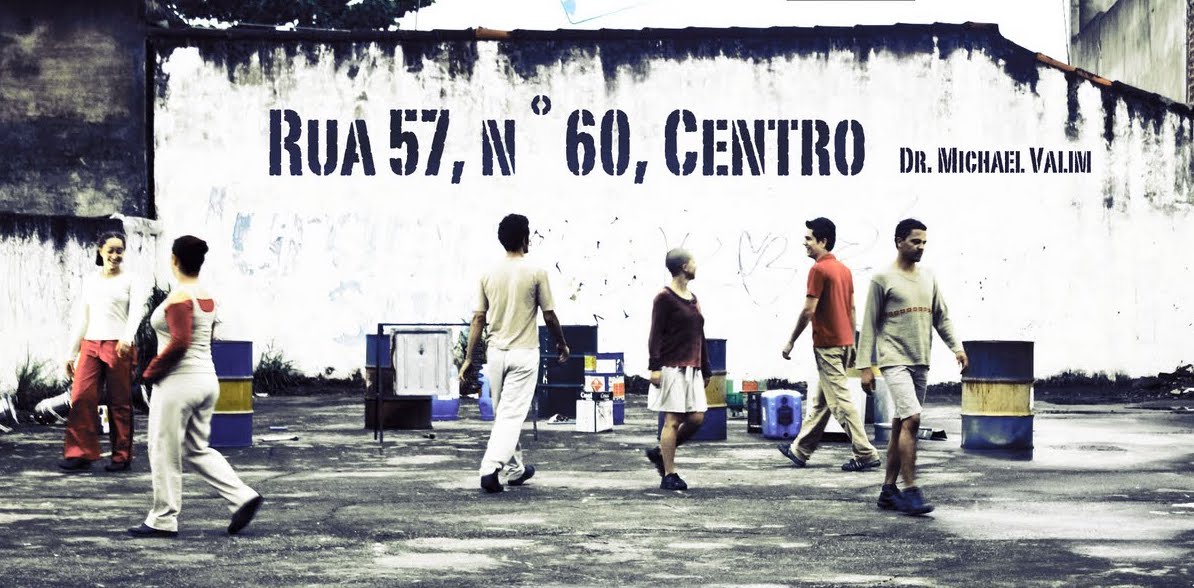
However, the ground was still too radioactive. For that it was sealed with a 50 centimeter thick layer of cement. To this day, this cemented gap in the center of Goiânia bears witness to the worst radioactive accident in Brazil like an open wound.
Michael Valim studied Philosophy of Art, Social Communication, Radio and TV production and has a Master's Degree in Human Rights from the Federal University of Goiás. Since 1977, he has been working in the field of arts and culture in the city of Goiânia, especially in the areas of audiovisual communication, theater and dance. Michael Valim said about his film: “I was invited to direct the film by the Vida Seca group and the dance group ¿Por Quá?. I joined the project to make a political statement about the tragedy. I believe that the authorities use a lot the image of the six years old child Leide das Neves, the first Cesium-137-Victim, as a martyr to disguise the disregard of the public authorities in the past and present. A people without memory is doomed to repeat the mistakes of their past.”
Brazil, 2021, Directors Márcia Gomes de Oliveira and Norbert G. Suchanek, 30 min, Portuguese / German with English subtitles - Odesson Alves Ferreira could have been any of us when he was seriously contaminated by cesium 137 in Goiânia. His family was one of the hardest hit. It was his brother, owner of a junkyard, who bought the scrap, an old radiotherapy device, which caused the worst radioactive contamination in Latin America. Odesson has survived the radiation and has fought since the beginning of the tragedy for the rights of the Victims of Cesium-137. 30 years after the accident, Odesson Alves Ferreira traveled to Berlin to receive the Honorary Lifetime Achievement Award at the International Uranium Film Festival 2017. It was his first flight outside Brazil. In an interview, Odesson recalls unforgettable scenes from the accident.
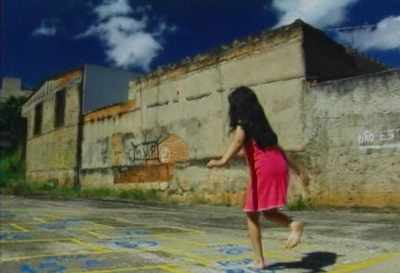
Brazil, 2003, Director Ângelo Lima, Fiction, No dialogue, 4 min - Leide das Neves was the first fatal victim of the radioactive accident in Goiânia, with cesium-137. She was a 6 year old child. Where are her dreams? Leide das Neves didn't have time to play. Introduction by Leopoldo Nunes.
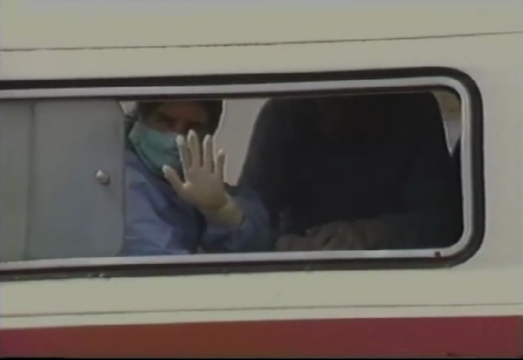
Brazil, 2008, Director Ângelo Lima, Portuguese with English subtitles, 30 min - In 1987, one of the biggest radiological accidents in the world took place in Goiânia. Victims tell how it was and how they are living today. Whose fault was this accident? What is the Government doing to help the victims that were directly affected? Fear and silence take over a city.
Ângelo Lima is actor, director, producer and photographer. Born in Recife (Pernambuco), he arrived in the state of Goiás at the age of 8, in 1959. Ângelo Lima officially entered the world of filmmaking at the age of 16 with his first short film. Today he looks back at a film career of nearly 50 years. He participated in more than 280 film festivals around the world and was awarded twice at the largest environmental film festival in Latin America, Fica of Goiás city. In 2014 he received the title "Citizen of Goiás“.
Brazil, 2003, Director Luiz Eduardo Jorge, Producer Laura Pires, Documentary, 24 min, Portuguese - The film shows the tragedy in the city of Goiânia, in 1987, caused by the radioactive element called cesium-137. The film addresses the consequences of those who were exposed directly or indirectly to cesium-137 and highlights the lack of preparation of those who should prevent or contain these kind of accidents. The lack of information to this day feeds the stigmatization of the victims who survived with extreme difficulty and of the residents of the contaminated neighborhood. Best Short Film Audience Award of the International Uranium Film Festival Rio de Janeiro 2011.
Luiz Eduardo Jorge, educated in communication sciences and visual anthropology, was filmmaker, writer and Professor at the Catholic University of Goiás. He directed 18 films with social, historical and cultural themes and received several awards in Brazil. Luiz Eduardo Jorge passed away in 2017. He said about himself: "I was born shortly before the Brazilian dictatorship. I lived under the military rule for twenty years. My film work is based on my commitment to political militancy. I want to be true and work with cinema of truth.“
Brazil, 1989, Director Roberto Pires, Producer Laura Pires, Cast: Nelson Xavier, Joana Fomm, Paulo Betti, Denise Milfond and Stepan Nercessian, Fiction based on facts, 95 min, Portuguese - This fiction movie filmed with Brazilian TV-Stars is based on the facts of the Goiânia radioactive accident and was filmed at the location where the accident took place in Goiânia: A heavy lead capsule was found by young scavengers (waste pickers) in the rubble of the Goiano Radiotherapy Institute, in the city of Goiânia.
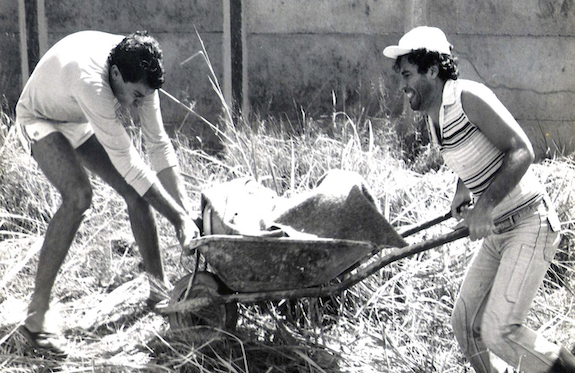
They thought they could earn some money from it. Days later, they began to feel ill and decided to sell the capsule to a junkyard. Devair, owner of the junkyard, tried to open it, and discovered inside a strange powder emitting a blue light at night. He showed it to friends and family. It was cesium-137, which left hundreds of contaminated and an unknown number of dead. „Césio 137. O Pesadelo de Goiânia“ received several national and international awards including the Best Fiction Audience Award of the International Uranium Film Festival Rio de Janeiro in 2011.
Introduction by the actors Paulo Betti, Denise Milfond e Stepan Nercessian. (Unfortunately the English version could not have finalized yet.)
Roberto Pires: Filmmaker and director Roberto Pires was born in Salvador, Bahia, in 1934. He was the first Brazilian filmmaker to question the use of nuclear power and asked the famous nuclear physicist César Lattes as a technical consultant for his first films. When the accident with cesium 137, in Goiânia, in 1987, Roberto Pires was living in Brasília to seek sponsorship for his second film on the nuclear theme. The filmmaker immediately left for Goiânia, that is just a 3 hours drive from Brasilia. Roberto Pires investigated the accident, interviewed survivors. Friends and family attribute this work as the emergence of his neck cancer that appeared soon after he had finished „Cesium 137. The Nightmare of Goiânia“. The love for cinema and the concern with fidelity to the facts overshadowed the danger of possible radiation exposure. After a long period of suffering, Roberto Pires died of the neck cancer in June 2001.
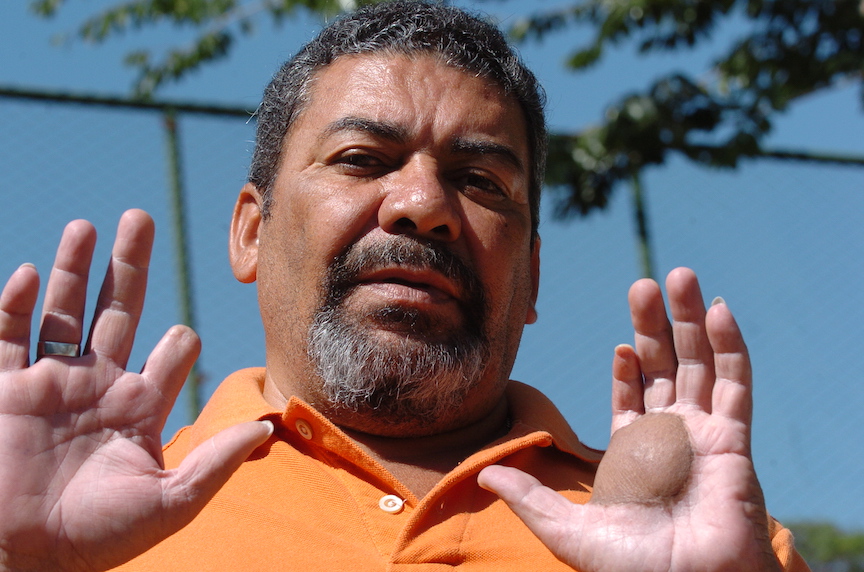
An online meeting with one of the victims of cesium-137, former long-standing president of the Association of Cesium Victims of Goiânia (AVCésio) Odesson Alves Ferreira (photo), the filmmakers Angelo Lima, Benedito Ferreira, Petrus Pires and Michael Valim and radiobiology scientist Prof. Alphonse Kelecom. Moderation: Márcia Gomes de Oliveira. (Live in Portuguese on
https://www.youtube.com/watch?v=WysMZbmfkzw)
34 years ago, on September 13, 1987, two young men in search of junk entered the unsecured ruins of the Goiano Radiation Therapy Institute, a former cancer treatment clinic, in the city of Goiânia. They found an abandoned radiation therapy unit with a heavy lead capsule that contained 19 grams of cesium-137. Without knowing the risks of radioactivity or even the name "radioactive", they took the capsule, dragged it home in a wheelbarrow and sold it to a scrap dealer six days later. The curious scrap dealer breaks open the capsule and discovers the white crystal powder that glows bluish in the dark, cesium-137 chloride - the death glow!
It was not until September 29, when dozens of sick people with strange symptoms were already filling the hospitals in Goiânia, that the nuclear authorities became aware of the radioactive accident. At that time the cesium-137-crystals were already spread unknowingly widely over the quarter, hundreds of people became contaminated and thousands were unknowingly exposed to gamma rays. The authorities recognized officially only four deaths caused by radiation. But surveys by unions and surviver associations indicate at least 66 deaths and around 1,400 contaminated victims. Just 19 grams of cesium-137 not only caused endless suffering to the victims, but also generated in Goiânia more than 6,000 tons of radioactive waste that is dangerous for over 200 years and is stored today in the radioactive waste repository of Abadia de Goiás, a suburb just a few miles outside of the City. Cesium-137 is a highly radioactive and unnatural nuclide with a half-life of 30 years. It is a fission product of uranium-235 and is created by the explosion of atomic bombs or in nuclear power plants as radioactive waste. Instead of storing it, cesium-137 was sold for decades around the globe to irradiate cancer cells. The radiation source of the Goiânia accident was thought to have been made in the U.S. at Oak Ridge National Laboratory. More information - Photo exhibition "The Goiânia Cesium-137 Accident" in German here! (Top photo: Street 57, Number 60 was in September 1987 one of the two most radioactive places in Goiânia city.)
Hibakusha Yokoyama Toshiyuki, survivor of the Hiroshima A-bomb said: "When I read about the (Goiânia) accident in the paper, Hiroshima immediately sprang to mind. I said to my wife that I could just imagine the terrible things that would be happening. The article said that some of the victims were taken to the naval hospital in Rio with skin conditions and hair loss--that's just how it was in Hiroshima. The papers also said they would be cured in three days, but we know that radiation is not that easy to get rid of.“
https://www.hiroshimapeacemedia.jp/?exposure=20130305150602713_en
Since 2011 the International Uranium Film Festival has been raising nuclear awareness around the globe in a way that no one has done before. The Uranium Film Festival depends on your support to continue! We welcome any donation. Thank You.
DONATE with PayPal
Thank you for your contribution
Please contact us for any question
International Uranium Film Festival
Rua Monte Alegre 356 / 301Santa Teresa / Rio de Janeiro / RJ
CEP 20240-195 / Brasil
Email:
info@uraniumfilmfestival.org
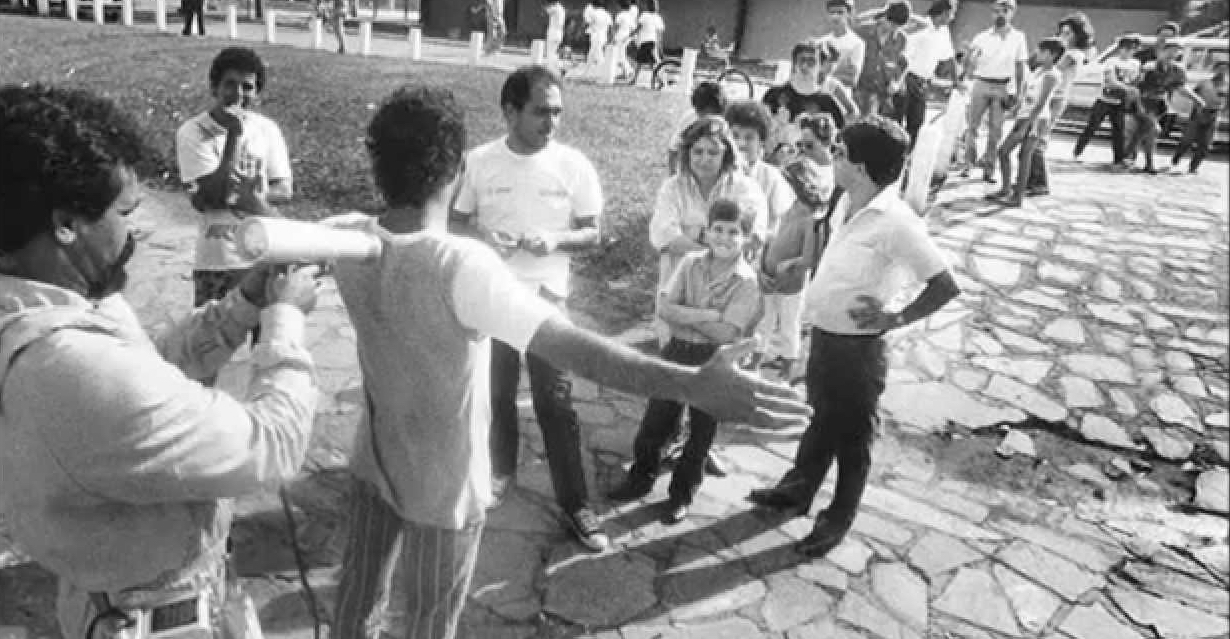
 However, the ground was still too radioactive. For that it was sealed with a 50 centimeter thick layer of cement. To this day, this cemented gap in the center of Goiânia bears witness to the worst radioactive accident in Brazil like an open wound.
However, the ground was still too radioactive. For that it was sealed with a 50 centimeter thick layer of cement. To this day, this cemented gap in the center of Goiânia bears witness to the worst radioactive accident in Brazil like an open wound. They thought they could earn some money from it. Days later, they began to feel ill and decided to sell the capsule to a junkyard. Devair, owner of the junkyard, tried to open it, and discovered inside a strange powder emitting a blue light at night. He showed it to friends and family. It was cesium-137, which left hundreds of contaminated and an unknown number of dead. „Césio 137. O Pesadelo de Goiânia“ received several national and international awards including the Best Fiction Audience Award of the International Uranium Film Festival Rio de Janeiro in 2011.
They thought they could earn some money from it. Days later, they began to feel ill and decided to sell the capsule to a junkyard. Devair, owner of the junkyard, tried to open it, and discovered inside a strange powder emitting a blue light at night. He showed it to friends and family. It was cesium-137, which left hundreds of contaminated and an unknown number of dead. „Césio 137. O Pesadelo de Goiânia“ received several national and international awards including the Best Fiction Audience Award of the International Uranium Film Festival Rio de Janeiro in 2011. 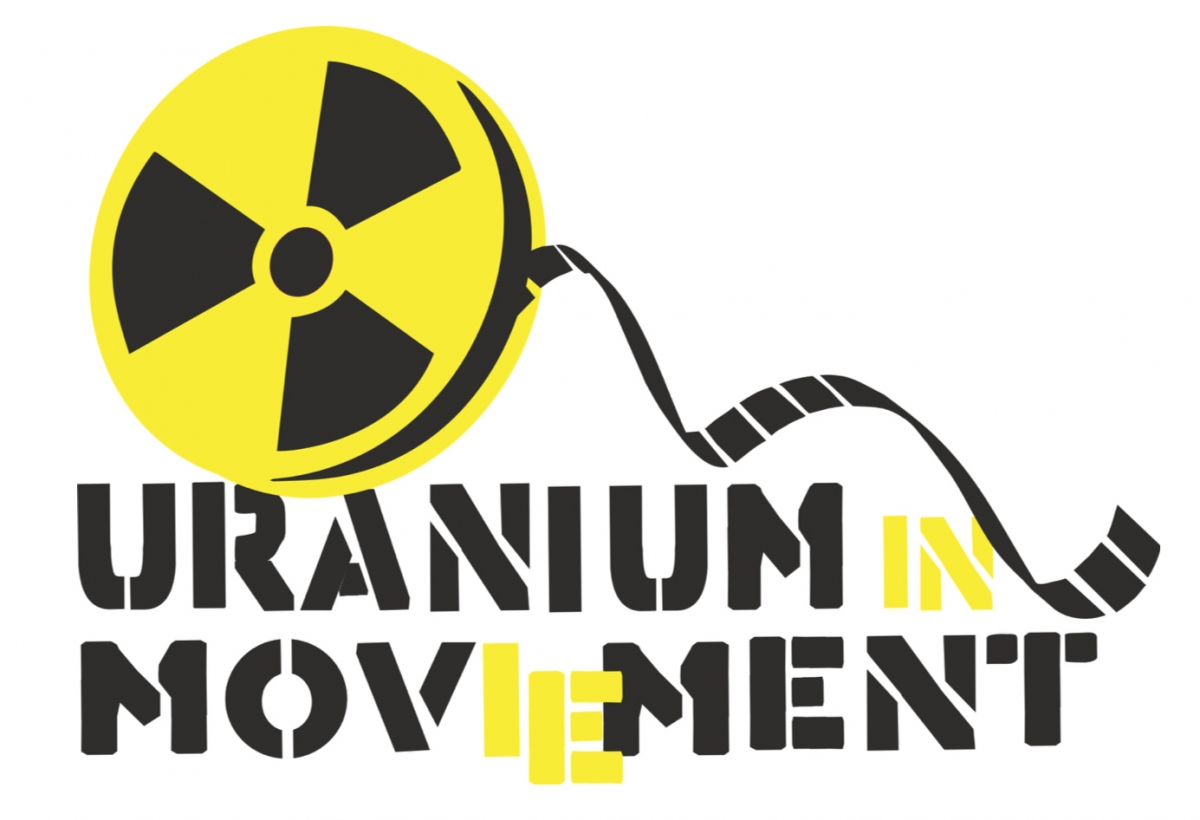

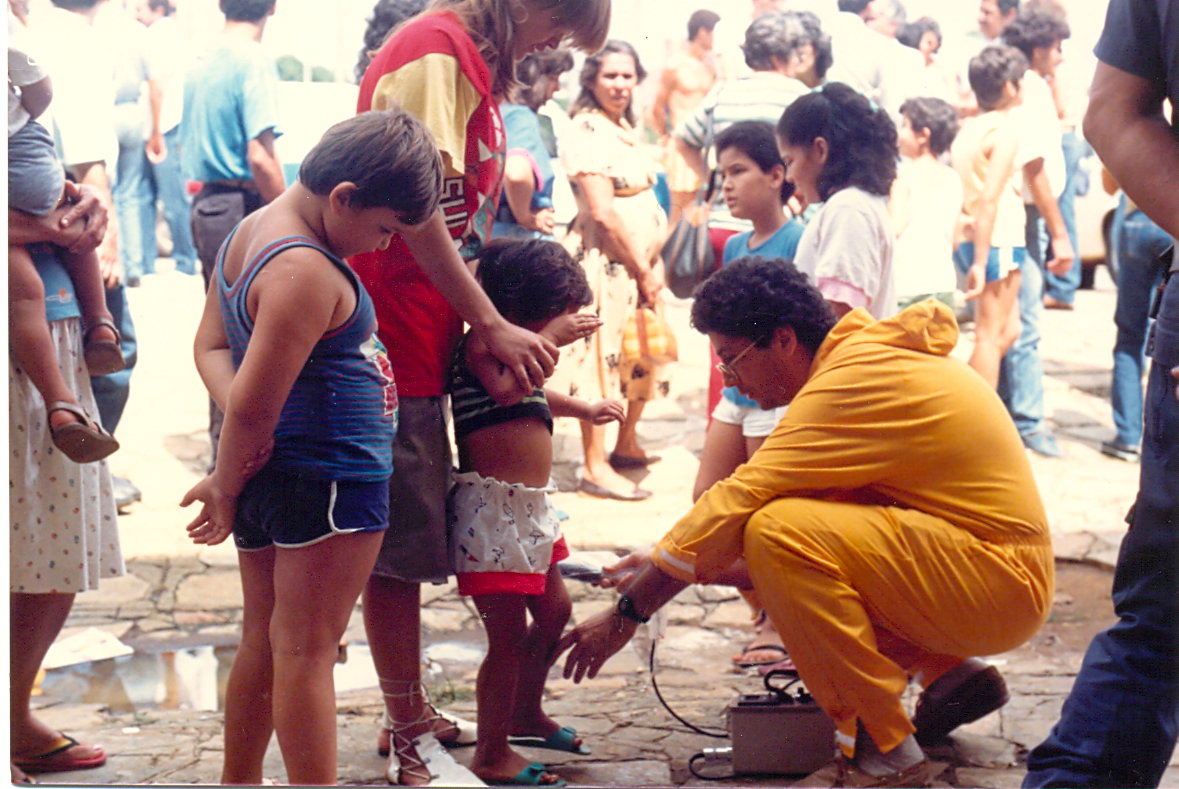 Jag Har Cesium I Blodet (I have Cesium in my Blood and I am scared)
Jag Har Cesium I Blodet (I have Cesium in my Blood and I am scared) 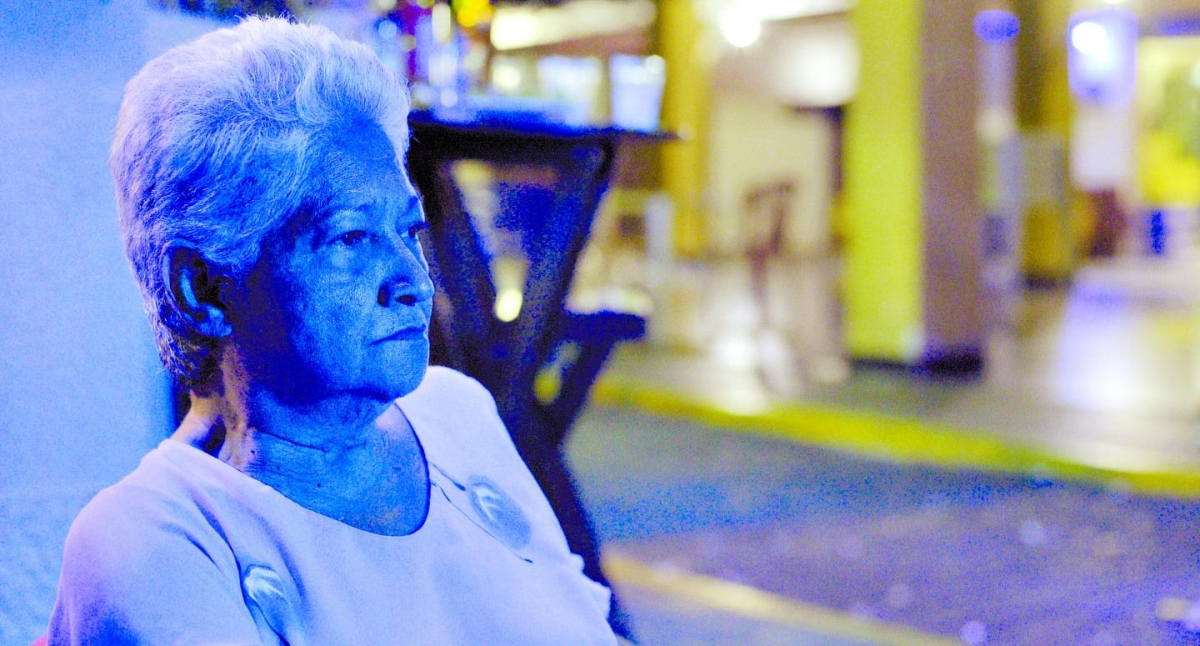
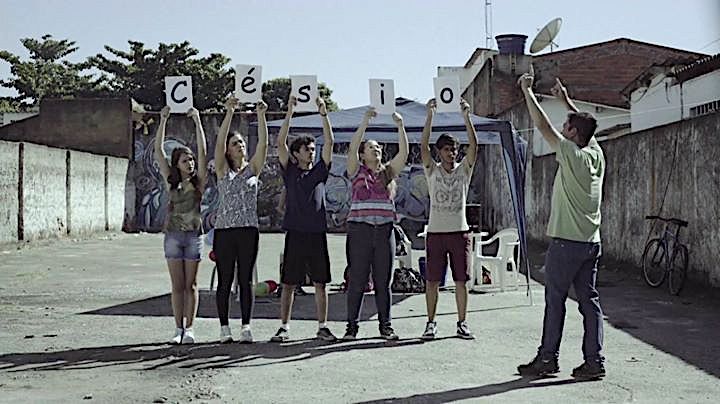
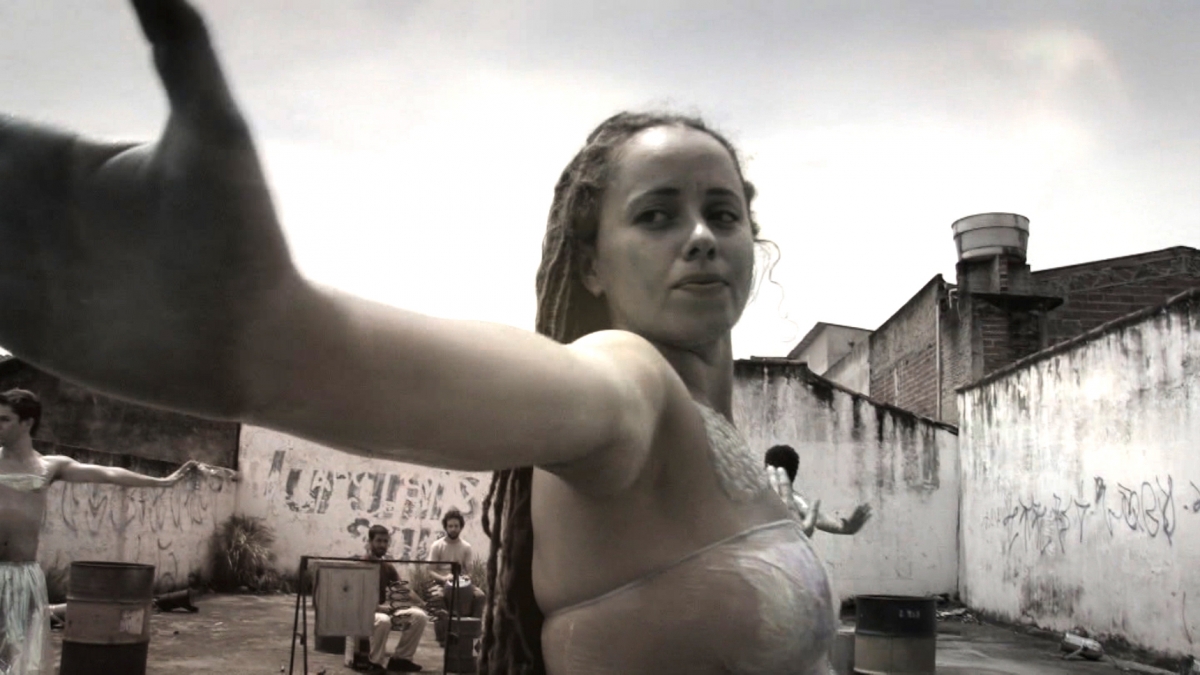
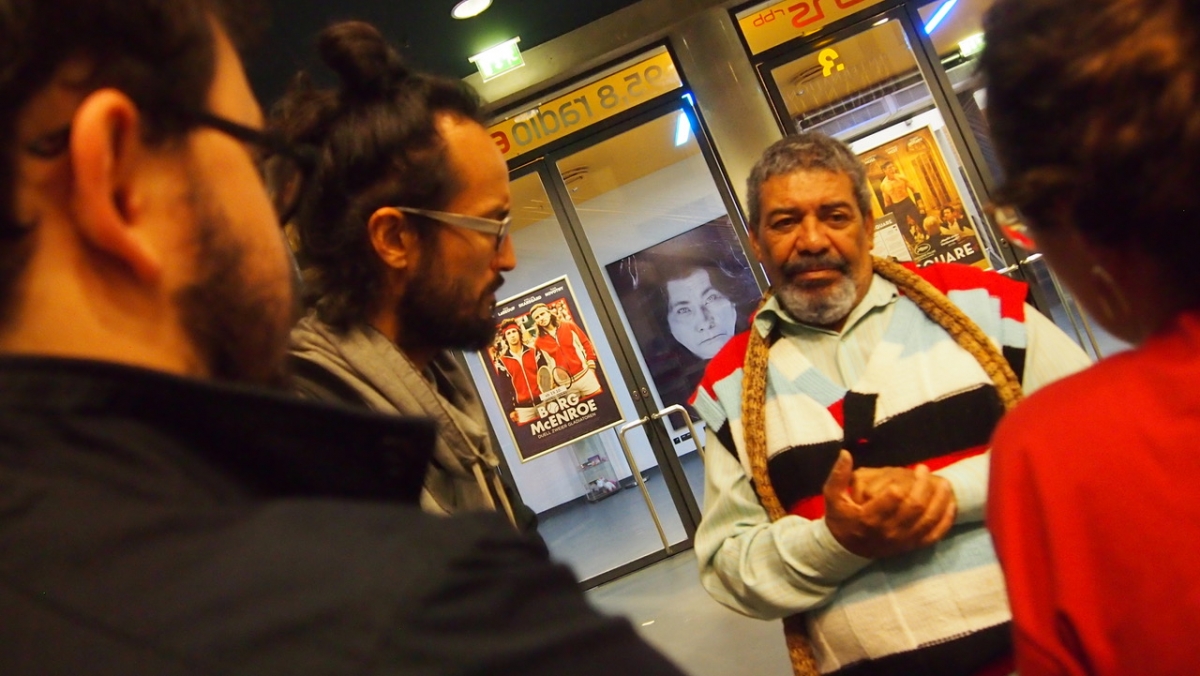 ODESSON EM BERLIM (ODESSON IN BERLIN)
ODESSON EM BERLIM (ODESSON IN BERLIN)

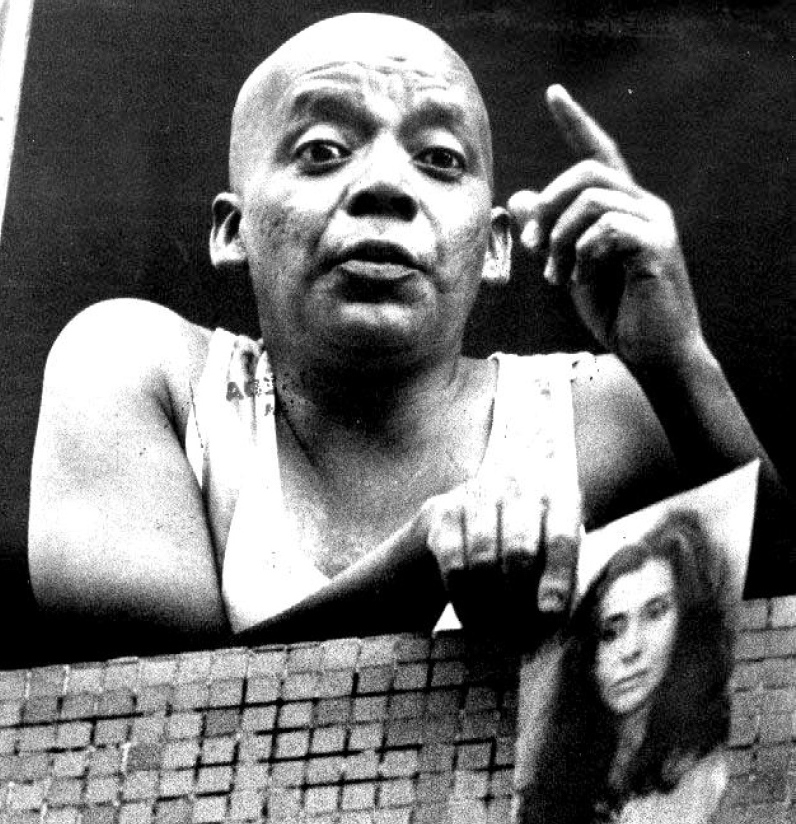 CÉSIO 137 – O BRILHO DA MORTE (CESIUM-137 - THE DEATH SHINE)
CÉSIO 137 – O BRILHO DA MORTE (CESIUM-137 - THE DEATH SHINE) 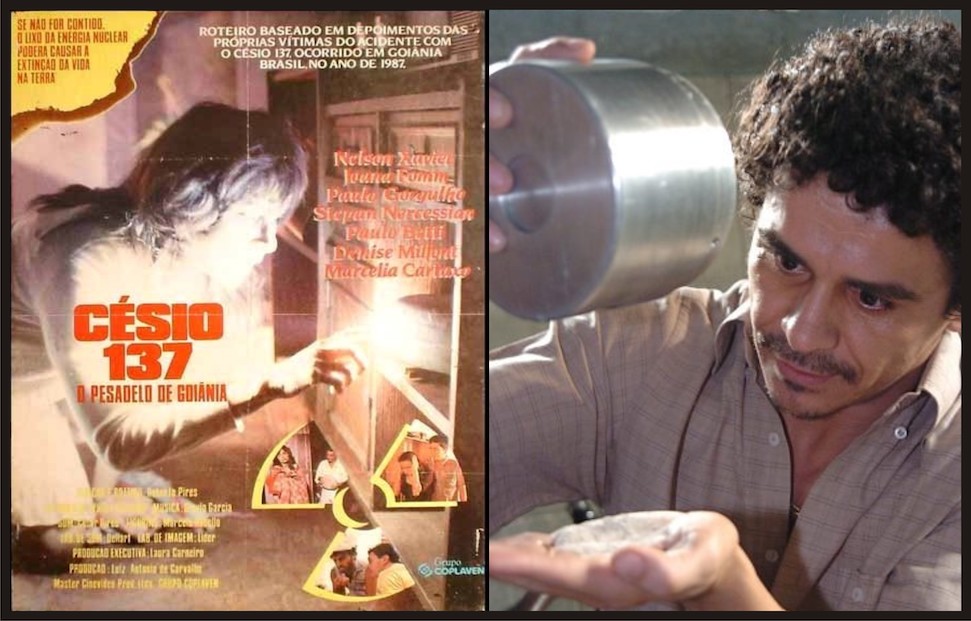 CÉSIO 137. O PESADELO DE GOIÂNIA (Cesium 137. The Nightmare of Goiânia)
CÉSIO 137. O PESADELO DE GOIÂNIA (Cesium 137. The Nightmare of Goiânia)



